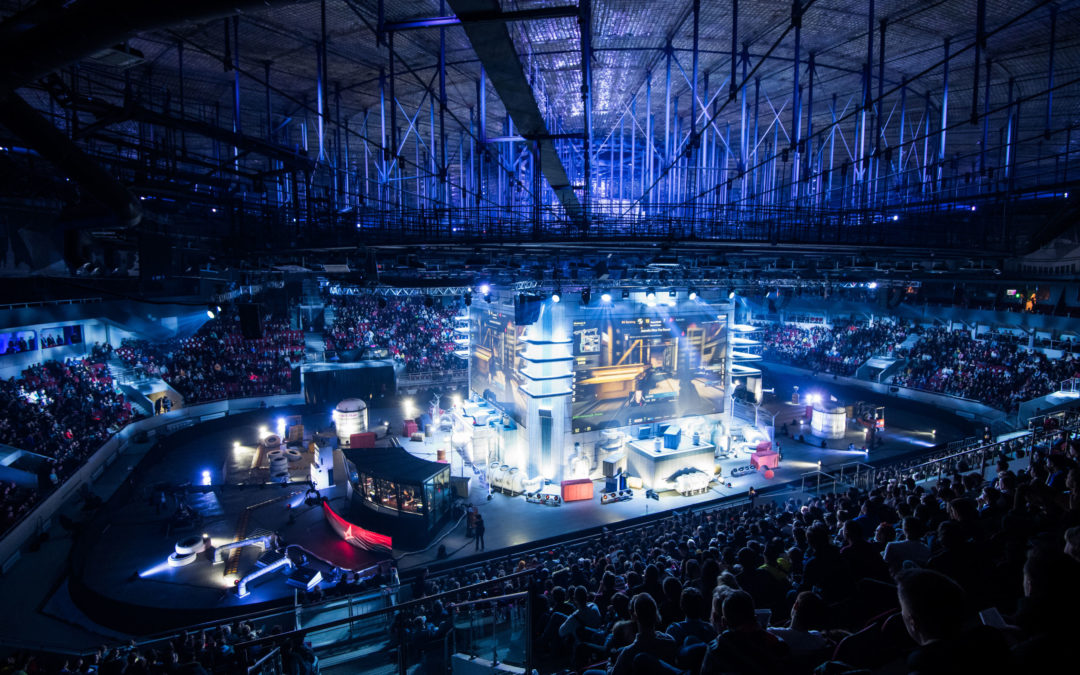From the pioneering days of Pong and Space Invaders to the ultra-realistic games of today, the world of computer-generated recreation has come a long way, and e-sports in particular is now a global mega industry.
It’s so big in fact that e-sports is even making a play for inclusion in the 2020 Tokyo Olympics. To understand more about this approaching tidal wave of sports content, B&T sat down with the good people at TEG, who were only too happy to explain what’s going on.
You see, these days there are about 2.2 billion gamers on the planet and a global industry worth $US75 billion ($96 billion) has arisen. Screens and augmentation have become commonplace in our lives and immersive digital experiences are now the norm. E-sports are right at the forefront of this era of digital disruption and they are changing the game for mainstream sports sponsorship and advertising.
Using e-sports tournament data as a starting point, TEG’s Data, Digital and Technology went to work using its Genome Live data product to produce the most comprehensive insights into the e-sports market.
TEG analysis found Australian e-sports has almost 1.5 million avid followers, as opposed to casual, occasional players. In these terms, this puts e-sports on par with many traditional sports. What’s more, 10 per cent of e-sports fans are consuming content each day, either online or on TV, compared with nine per cent for soccer fans and eight per cent for cricket fans.
Growing at its current rate, audience numbers will surpass the fanbase of sports like rugby union within two to three years. Compounding this thorn in side of traditional sports, e-sport fans are 6.5 times more likely to be male and over three times more likely to be between 18 and 34 years old, providing a powerful avenue to reach the ever fickle youth audience.
In terms of sponsorship, the genre is also proving a fertile area for brands. Some 51% of e-sport fans feel positive about brands that sponsor their sport, the second highest ranking in Australia (behind basketball). In addition, 59% of e-sport fans would consider purchasing a product or service from brands that sponsor e-sports, the highest response of any sport.
TEG’s acting managing director of data, digital and technology, Andrew Reid, says the assets, expertise and approach give the organisation a unique insight to e-sports.
“Using primary data from ticket purchasers, TEG is finding precise and timely insights into the e-sports market,” Reid explains. “The data set gives TEG a more accurate perspective on current demand and future growth.”
To reinforce TEG’s expertise in this space, the group will soon host Australia’s biggest e-sports event, the Intel Extreme Masters (IEM).
The debut of Intel Extreme Masters (IEM) last year was an unqualified success with a 15,000 live audience and eight million unique viewers online. The numbers provided ample proof that e-sports is now a spectator sport, not just a participant pastime.
Let there be no doubt. The rise of e-sports is another wave of digital disruption that will challenge anyone in the sponsorship and advertising market for sports and entertainment. And those who are awake to its opportunities have much to gain.
To learn more about this study or how TEG Insights can help you with understanding your data and your market contact us today!
(This article was original published on B&T Feb/Mar 2018 Issue 2825 – ‘E-Sports Making Waves in the Mainstream‘ )


Recent Comments